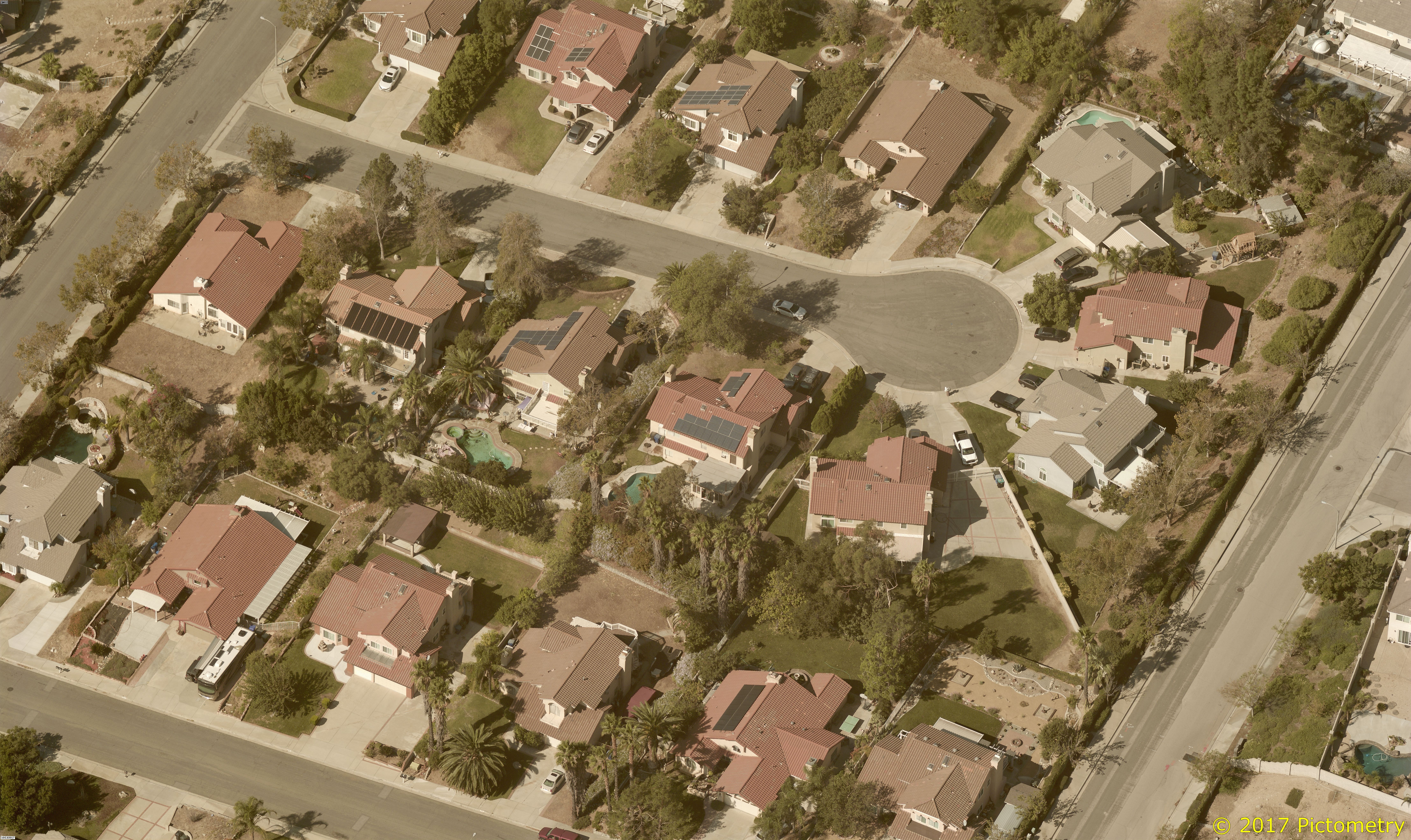A recent Wall Street Journal article calls out that the state of the solar industry is nearing collapse due to high interest rates and less-generous subsidies. That’s part but not all of the issue. The true problem in the industry is the bad or “good enough” data that solar companies use to sell installations. They pull information on shade analysis, sunlight analysis and a particular solar installation’s capacity to create electricity. While that data can look compelling to homeowners, it can backfire for the industry when the use of “good enough” data fails to prove out.
This is a challenge the industry needs to address. Solar systems must be sold with more accurate representations of electrical production, appropriate saving estimations, and clear explanations of how the representations might fluctuate. Similarly, customers should be given benchmarks for how much electricity should be produced in order to determine if their equipment might be faulty (i.e., squirrels could be chewing on wires). If a homeowner is not seeing the electricity production or monthly savings, there is a chance that they might stop making payments but also that will negatively view their solar experience. And, both are detrimental to the industry.
Proper estimates of solar systems save solar companies time and money as well. It’s expensive for solar companies to send repair trucks to review solar panels and for electricians to inspect solar systems particularly when operating across large metropolitan areas. The more that companies can leverage precise site data throughout a project’s sales, planning, installation, and close-out phases, the more profitable they can become. High-quality site measurements will generally result in quicker sales cycles from lead through installation, which can help speed payment and cash flow. On the flip side, inaccurate site measurements may result in less profitable jobs in the best case and potential canceled contracts and lost referrals in the worst.
Everyone loses when the data cannot be trusted. Accurate roof and site data can help enable the design of optimized, high-performance systems that maximize the available roof space. When measurement and site data are more accurately collected, the potential results include not only larger systems, but also can help deliver more significant savings for the homeowner and improved return on investment.
Unfortunately, many contractors use do-it-yourself software tools to design systems, and purposefully underutilize roof space to avoid issues at final design or installation. Undersizing a solar system may help mitigate risk but doing so may often leave money on the table for the contractor, and may negatively impact return on investment for the homeowner.
Advancements in remote measurement can help solar companies to bypass inefficient and error-prone site visits to measure and record roof dimensions, azimuth, pitch, and localized shading at a given site in a more consistent and repeatable manner. This helps homeowners and improves the industry.
Some remote measurement technology, such as aerial imagery, captures thousands of measurement points. The solar access value of a roof measured with a hand-held device typically has 5–10 measurement values per roof. In comparison, the same rooftop solar access value measured with software based on high-resolution aerial imagery generally has 6,000–24,000 measurement values per structure.
High-resolution site measurements can positively impact solar installations across the board. They allow solar companies to fit more modules on the average rooftop and inform designs that utilize optimal roof areas that maximize annual solar energy production.
The future of solar rests on trustworthy data. That data must be gathered, utilized and integrated into solar company workflows to give customers the highest level of accuracy and consistency. Anything less hurts the customer and will destroy the demand for solar adoption at large.

Peter Cleveland is vice president of solar at EagleView, a provider of aerial imagery, geospatial software, and analytics.
The views and opinions expressed in this article are the author’s own, and do not necessarily reflect those held by pv magazine.
This content is protected by copyright and may not be reused. If you want to cooperate with us and would like to reuse some of our content, please contact: editors@pv-magazine.com.








By submitting this form you agree to pv magazine using your data for the purposes of publishing your comment.
Your personal data will only be disclosed or otherwise transmitted to third parties for the purposes of spam filtering or if this is necessary for technical maintenance of the website. Any other transfer to third parties will not take place unless this is justified on the basis of applicable data protection regulations or if pv magazine is legally obliged to do so.
You may revoke this consent at any time with effect for the future, in which case your personal data will be deleted immediately. Otherwise, your data will be deleted if pv magazine has processed your request or the purpose of data storage is fulfilled.
Further information on data privacy can be found in our Data Protection Policy.